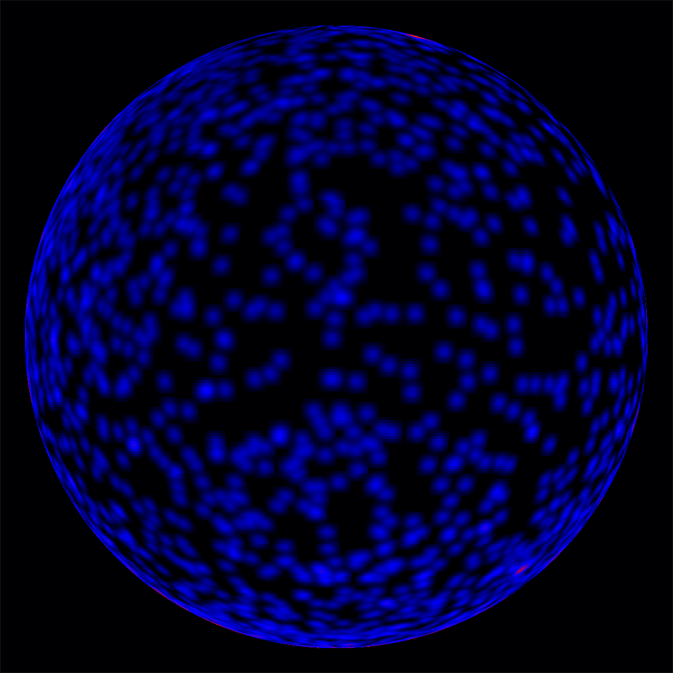Last weekend (April 27, 2013), the Fermi and Swift spacecraft witnessed a "shockingly" bright burst of gamma rays from a dying star. Named GRB 130427A, it produced one of the longest lasting and brightest GRBs ever detected.
Because Swift was able to rapidly determine the GRB's position in the sky, and also because of the duration and brightness of the burst, the GRB was able to be detected in optical, infrared and radio wavelengths by ground-based observatories. Astronomers quickly learned that the GRB had one other near-record breaking quality: it was relatively close, as it took place just 3.6 billion light-years away.
"This GRB is in the closest 5 percent of bursts, so the big push now is to find an emerging supernova, which accompanies nearly all long GRBs at this distance," said Neil Gehrels, principal investigator for Swift.
[caption id="attachment_101947" align="aligncenter" width="580"]
Swift's X-Ray Telescope took this 0.1-second exposure of GRB 130427A at 3:50 a.m. EDT on April 27, just moments after Swift and Fermi triggered on the outburst. The image is 6.5 arcminutes across.
Credit: NASA/Swift/Stefan Immler.[/caption]
"We have waited a long time for a gamma-ray burst this shockingly, eye-wateringly bright," said Julie McEnery, project scientist for the Fermi Gamma-ray Space Telescope. "The GRB lasted so long that a record number of telescopes on the ground were able to catch it while space-based observations were still ongoing."
No two GRBs are the same, but they are usually classified as either long or short depending on the burst's duration. Long bursts are more common and last for between 2 seconds and several minutes; short bursts last less than 2 seconds, meaning the action can all over in only milliseconds.
This recent event started just after 3:47 a.m. EDT on April 27. Fermi's Gamma-ray Burst Monitor (GBM) triggered on the eruption of high-energy light in the constellation Leo. The burst occurred as NASA's Swift satellite was slewing between targets, which delayed its Burst Alert Telescope's detection by a few seconds.
Fermi's Large Area Telescope (LAT) recorded one gamma ray with an energy of at least 94 billion electron volts (GeV), or some 35 billion times the energy of visible light, and about three times greater than the LAT's previous record. The GeV emission from the burst lasted for hours, and it remained detectable by the LAT for the better part of a day, setting a new record for the longest gamma-ray emission from a GRB.
[caption id="attachment_101946" align="aligncenter" width="580"]
The Swift BAT light curve. Credit: NASA/Swift team. [/caption]
As far as the optical brightness of this event, according to
a note posted on the BAUT Forum
(the Universe Today and Bad Astronomy forum) data from the
SARA
-North 1-meter telescope at at Kitt Peak in Arizona at about 04:00 UT on April 29 showed a relative magnitude of about 18.5.
Gamma-ray bursts are the universe's most luminous explosions, and come from the explosion of massive stars or the collision between two pulsars. Colliding pulsars are usually of short duration, so astronomers can rule out a pulsar collision as causing this event.
If the GRB is near enough, astronomers usually discover a supernova at the site a week or so after the outburst.
NASA said that ground-based observatories are monitoring the location of GRB 130427A and expect to find an underlying supernova by midmonth.
Sources:
NASA
,
BAUTForum
 Universe Today
Universe Today
